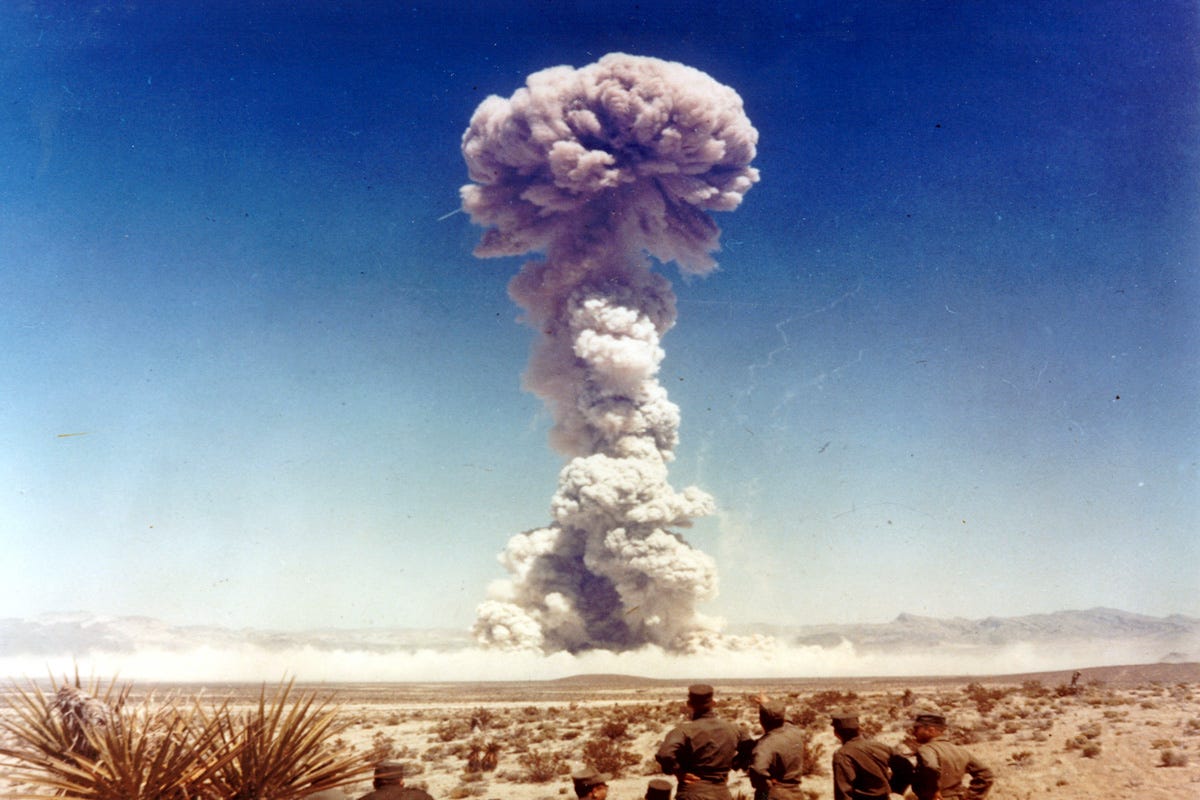By Lt Gen J R Mukherjee, PVSM, AVSM, VSM (Retd)
The Naga Peace Accord was signed between the National Socialist Council of Nagalim Isak Muivah (NSCN-IM) and the Government of India (GOI) on 3 August 2015. While terms of the Accord are shrouded in secrecy, they have indicated that there will be no modification to State boundaries, however, “cultural integration of Nagas will be facilitated through special measures and provide for the financial and administrative autonomy of the Naga-dominated areas in other states”. Recognition would thus given to the “unique history” and culture of the Nagas.
NSCN(IM) alteration of their core demands, from complete sovereignty and Greater Nagalim, to acceptance of the constitutional framework with greater autonomy and NSCN(IM)’s/GOI urgency to clear the Accord, was because of NSCN(IM) leaders growing old & infirm – sadly Isaac Swu has since died; a bitter secession battle when these leaders pass away; public pressure; cadres losing faith and breaking away due to disillusionment; and the PM promising quick resolution.
Unauthenticated leaks from reliable sources indicate that points agreed are – a separate Constitution???, Flag for Nagaland, separate currency and passports for Nagas. Nagaland would have a UN representative; Foreign Affairs and Defence would be a joint subject and a Pan Naga Government to cover all Naga inhabited Areas. Consequently, Manipur has been in flames since the Accord. A similar proposal was made in 2011 but was rejected by Manipur. A brief historical review is essential to understand adverse reactions.














